
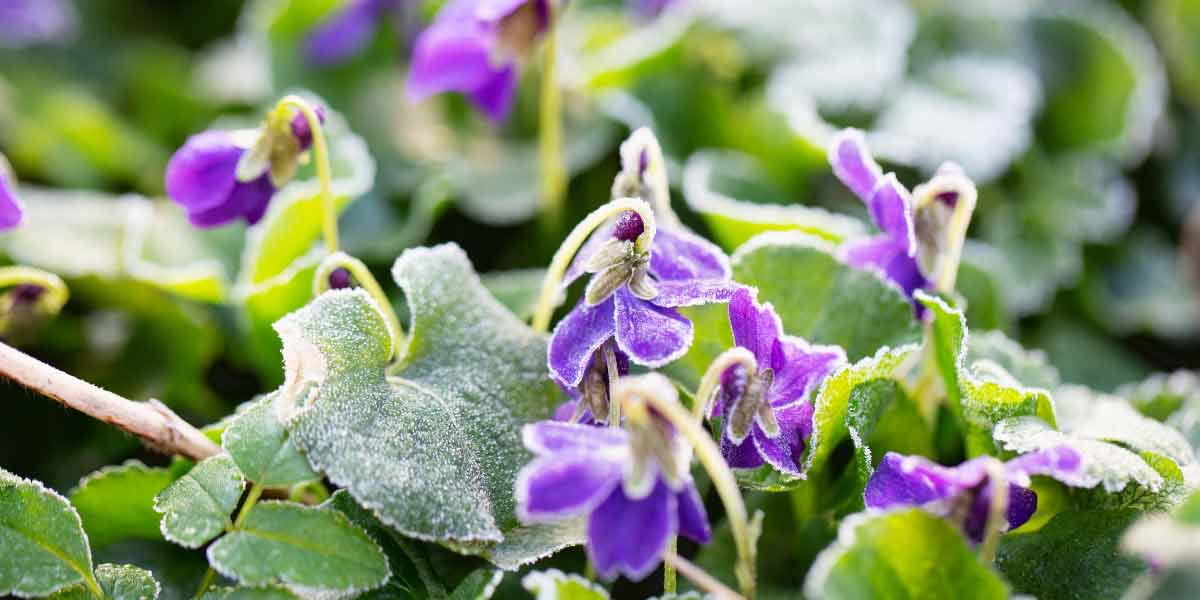
Frosts occur in the colder parts of Australia, throughout winter and into spring. Generally, an overnight temperature drop lower than -2°C is enough to cause a frost. And the longer the temperature remains below -2°C, the higher the risk of frost damage to plants.
Put simply, frosty temperatures can cause ice crystals to form in the spaces between a plant’s cells. If these crystals thaw too slowly, they cause permanent damage to the nearby cells, producing black and brown patches on your plant. While some frost damage may be minor and only affect the look of the plant, frost can lead to plant death—if severe enough. Yikes.
Some plants (like pine trees, for example) produce a frost-resistant hormone that hangs out in their foliage, stopping the ice crystals from forming. However, most plants are reasonably susceptible to frost damage, and plants with soft, floppy foliage are among the most vulnerable.
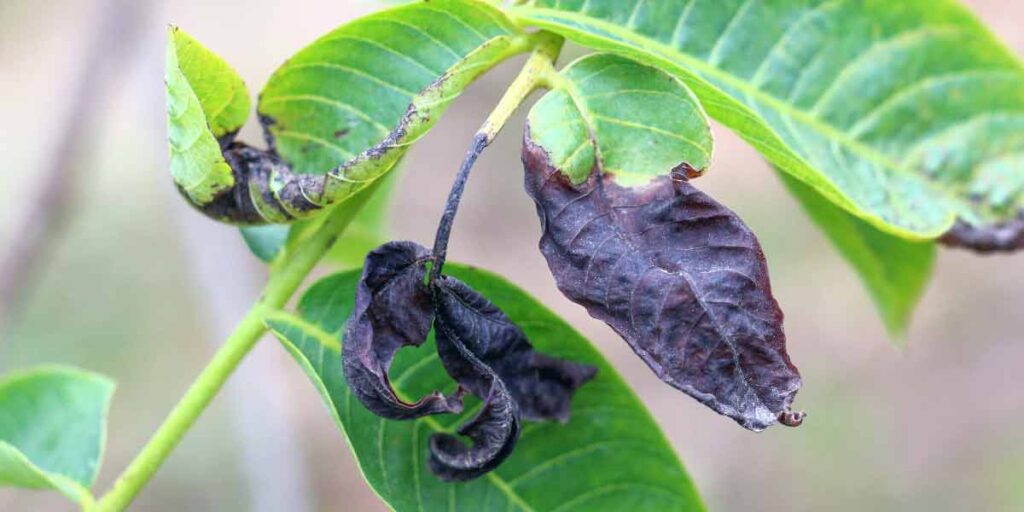
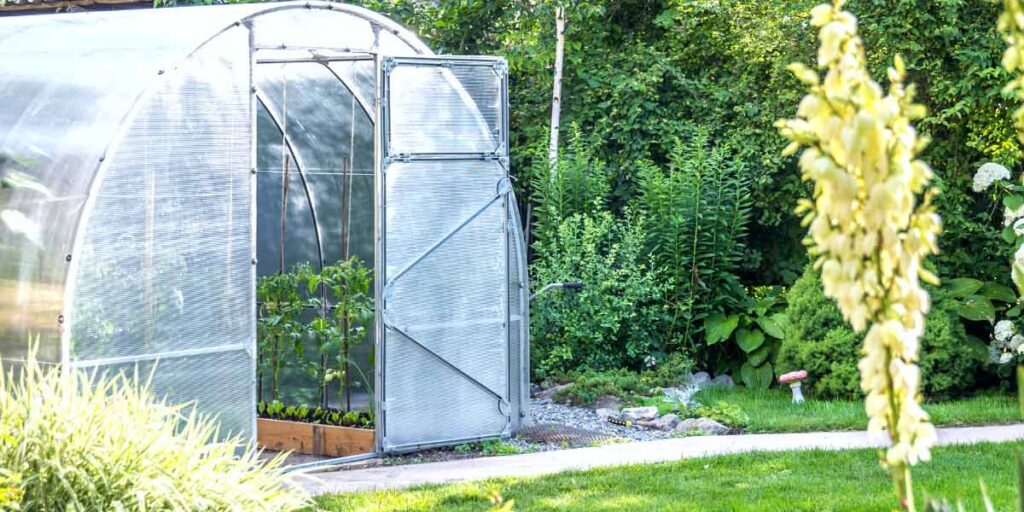
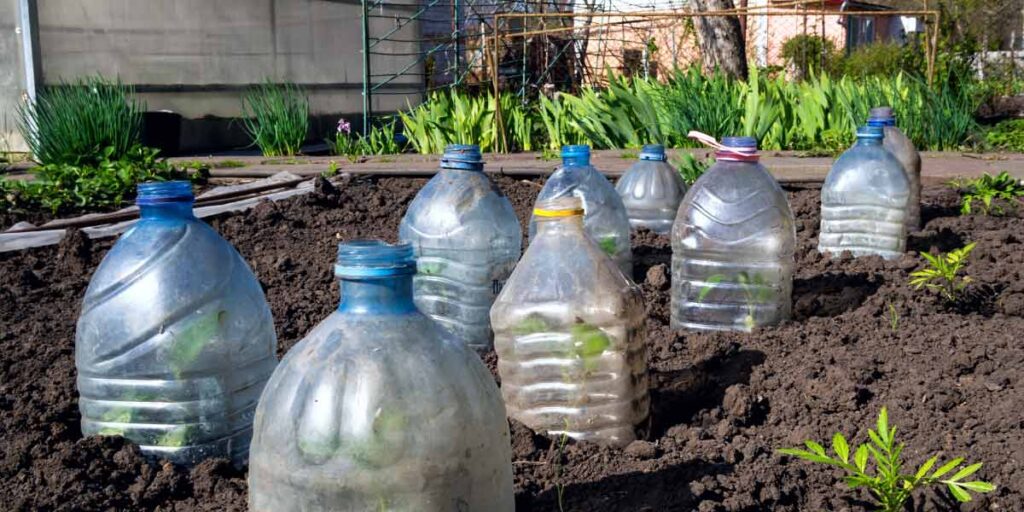
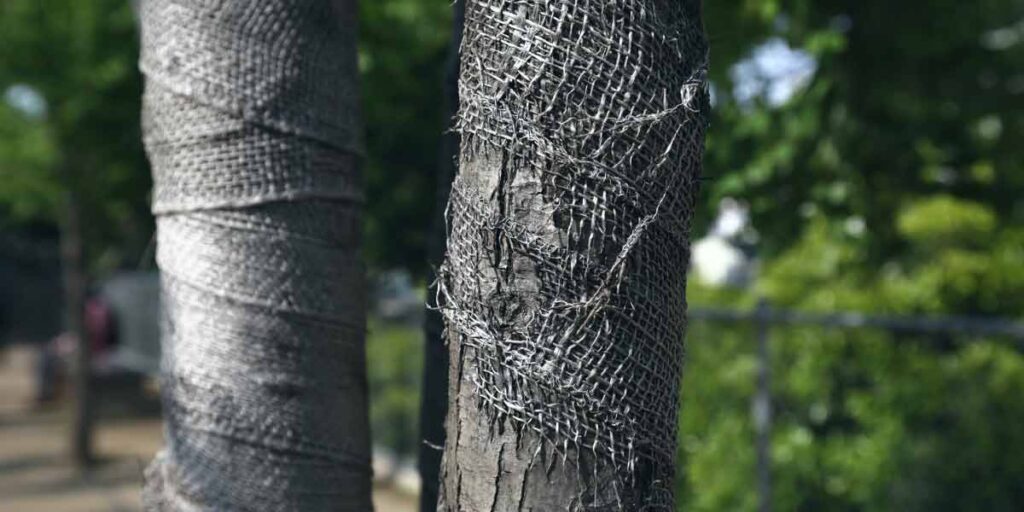


Our trusted Local Expert professional builders are standing by.
Click here to learn more or request a quote today!
Are you a business owner looking to build your service?
Apply now and become part of the Local Expert team today.